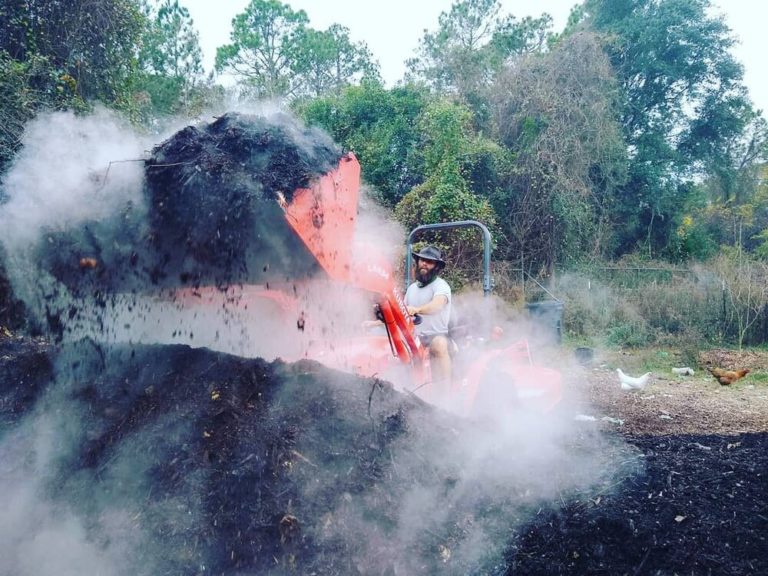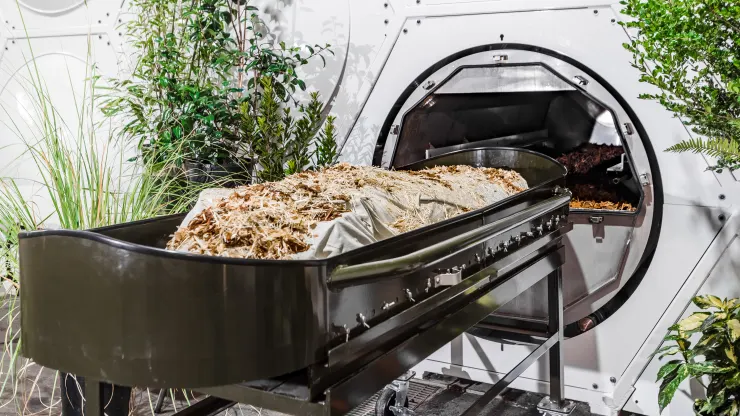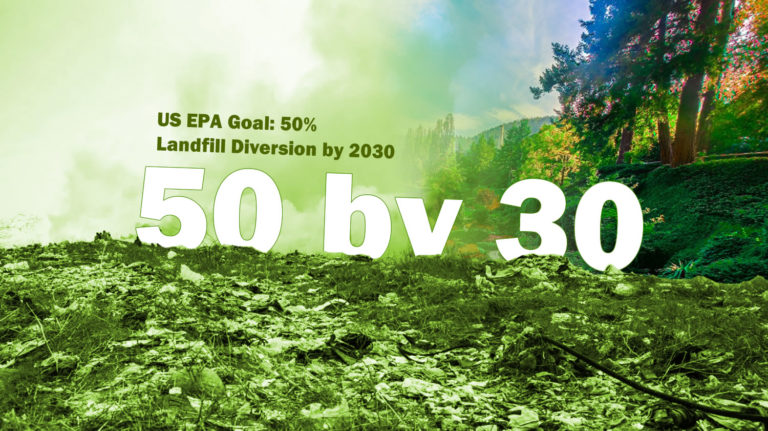Food Recovery and Diversion thoughts on Earth Day
Earth Day is a time to reflect on our relationship with the planet and take action to protect our shared environment. One of the most pressing issues we face today is food waste, which not only contributes to food insecurity but also has significant environmental consequences. When food ends up in landfills, it decomposes and releases methane, a potent greenhouse gas that contributes to climate change. Moreover, the resources used to produce, process, and transport this wasted food, such as water, energy, and land, are also squandered.
This Earth Day, let’s explore two important concepts that can help us combat food waste and create a more sustainable food system: food recovery and diversion. By understanding and implementing these strategies, we can work towards reducing our environmental footprint, supporting our communities, and ensuring that valuable resources are used efficiently.
Food Recovery
Food recovery refers to the practice of collecting edible food that would otherwise go to waste and distributing it to those in need. This can include surplus food from restaurants, grocery stores, farms, and other food-related businesses.
Food recovery programs aim to bridge the gap between food waste and food insecurity by ensuring that wholesome, edible food reaches people who need it, instead of ending up in landfills. This not only helps to reduce hunger and support communities but also minimizes the environmental impact of food waste, such as greenhouse gas emissions from decomposing food in landfills.
By participating in food recovery efforts, individuals and organizations can play a vital role in reducing food waste, supporting their communities, and contributing to a more sustainable and equitable food system. The EPA’s resources can provide guidance and support for those looking to get involved in food recovery initiatives as part of their broader food waste reduction efforts.
Food Waste Diversion
For food waste that’s not suitable for food recovery, diversion methods offer multiple benefits and play a crucial role in reducing the environmental impact of food waste. By redirecting food waste away from landfills and toward alternative uses, individuals and organizations can contribute to a more sustainable food system and minimize greenhouse gas emissions associated with decomposing food in landfills.
Some of the most effective food waste diversion methods include composting, animal feed and, where appropriate, anaerobic digestion.
No Need to Reinvent the Wheel
By exploring these food recovery and waste diversion strategies, we can find effective ways to repurpose food, food waste, reduce their environmental footprint, and contribute to a more sustainable food system. The EPA has resources that offer valuable guidance and support for implementing these food waste diversion methods as part of a comprehensive approach to reducing food waste.
When it comes to implementing food recovery and diversion strategies, collaboration is key. By working together with local organizations, businesses, and government agencies, we can share knowledge, resources, and best practices to create a more significant impact. Additionally, tapping into existing resources, such as the EPA’s toolkits and guides, can save time and effort, allowing us to focus on putting these strategies into action and making a tangible difference in our communities.
Resources
Here are some links to the EPA Toolkits that could help you!
Preventing Wasted Food in Your Community: A Social Marketing Toolkit
Composting Food Scraps in Your Community: A Social Marketing Toolkit
This last link isn’t specifically about food recovery or diversion, but EPA recognizes that some of us may not know exactly where to start with messaging. Here’s a toolkit just for that.
Creating Messages that Drive Behavior Change
Happy Earth Day!
This Earth Day, why not celebrate our connection to the planet by taking action to reduce food waste through food recovery and diversion? By utilizing the valuable resources provided by the EPA and collaborating with others in our communities, we can make a tangible difference in creating a more sustainable food system. Every small step counts, and together, we can work towards a healthier, more resilient planet for generations to come. Happy Earth Day!







